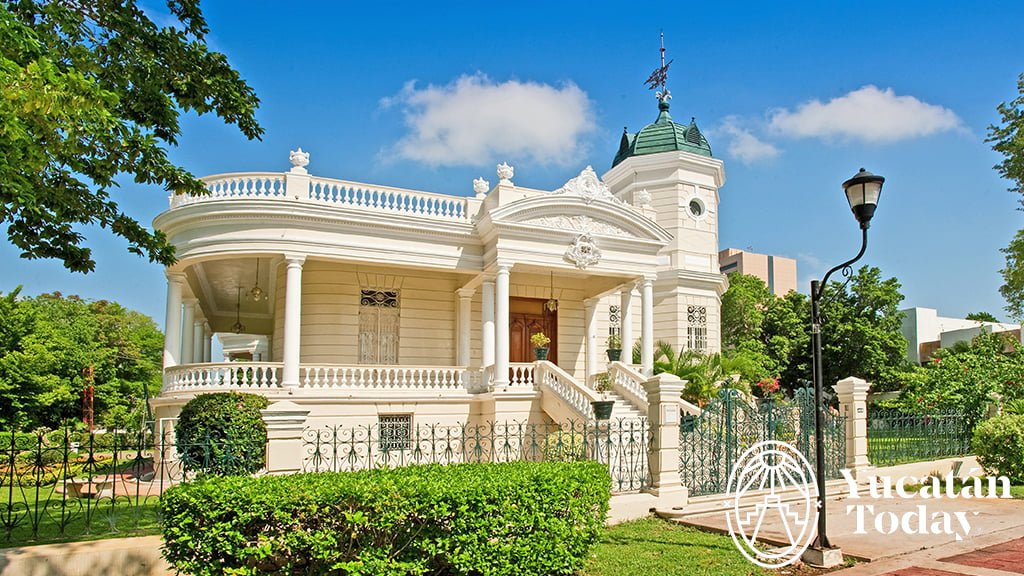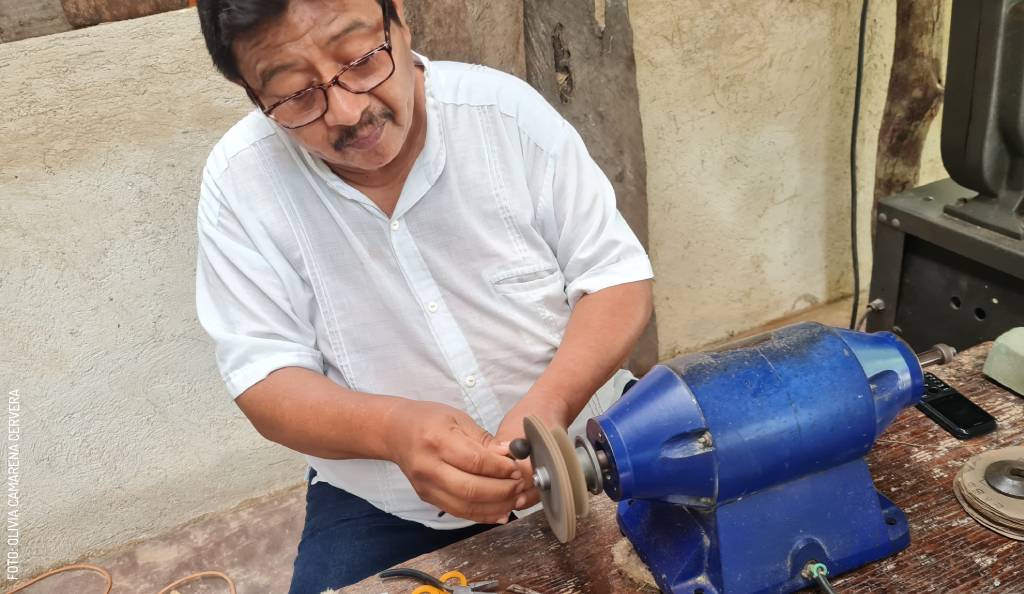
Don Esteban Abán, Sustainable Jeweler of Cocoyol and Henequén
Known as “The City of Three Cultures,” Izamal is certainly an adventure on its own. You can walk through its traditional yellow-lined cobblestone streets, visit Our Lady of Izamal at the San Antonio de Padua Convent, climb the Kinich Kakmó pyramid, or sample a little - huge, actually - piece of Yucatecan gastronomy at the Kinich restaurant; but - pretty please - stop by the workshop of master craftsman Esteban Abán at all costs. His art is out of this world.
Have you ever heard of jewelry made with Cocoyol and Puya de Henequén? Neither had I, until I stepped into Don Esteban's workshop. Let me tell you that both techniques are extremely tedious but no less fascinating.
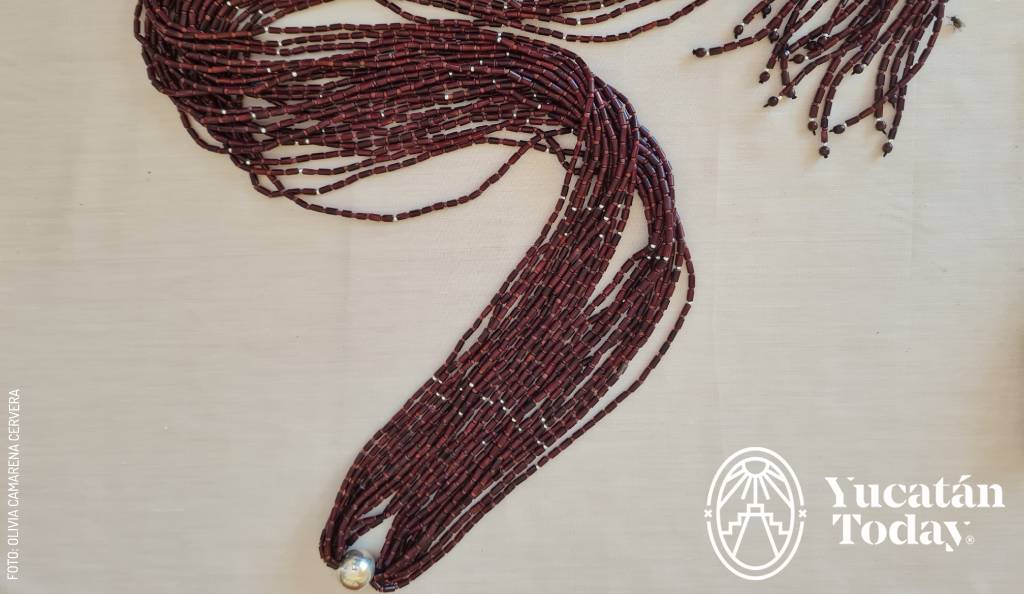 Cocoyol seed jewelry comes from a pre-Hispanic technique of Maya origin; however, Don Esteban Abán has perfected it. Cocoyol seeds go a long way to become shiny pieces of jewelry. To begin with, it takes about 30 years for the seeds to dry; then they’re carefully selected and polished. By then, the Cocoyol has turned a natural dark, shiny color. “The final handcraft is a bit expensive because of the process and time needed to finish a necklace,” Don Esteban says.
Cocoyol seed jewelry comes from a pre-Hispanic technique of Maya origin; however, Don Esteban Abán has perfected it. Cocoyol seeds go a long way to become shiny pieces of jewelry. To begin with, it takes about 30 years for the seeds to dry; then they’re carefully selected and polished. By then, the Cocoyol has turned a natural dark, shiny color. “The final handcraft is a bit expensive because of the process and time needed to finish a necklace,” Don Esteban says.
Now, the Puya - thorn - from the Henequén. Would you believe me if I told you that it comes from waste? Yes, you read that right. This part of the Henequén is irrelevant for Soskil (natural Henequén fiber) production. To tell the truth, no one had ever seen its potential, much less for jewelry, but Don Esteban became interested in it. Although it doesn’t require as many years of drying, the thorn is even more labor-intensive: it is cut (two small beads come out of each one), polished, and the respective holes are drilled to pass the thread through.
Depending on the model, Don Esteban integrates silver inlays and other materials into the jewelry pieces, which can range from intricate two-meter necklaces to small earrings or rings.
The Beginnings of Don Esteban Abán
Don Esteban's history with these materials dates back to his childhood, when he discovered the pleasure and his talent to create pieces from multiple materials. Over time, he ventured into the use of black coral to make jewelry, but the permanent ban on its harvesting forced him to investigate alternatives in order to continue creating. “I found Cocoyol and Puya de Henequén,” he shared during a visit to his workshop, “and I feel proud to know these materials because I discovered something precious.”
Currently, Don Esteban has worked as an artisan for more than 51 years, and has won multiple state and national awards with his impressive necklaces. In addition, he welcomes visitors to his workshop, where he shows them his work process.
Esteban Abán Montejo's workshop
Calle 26 #344 x 45 y 47, Col. José María Chan, Izamal
Tel. (988) 105 1637
Mon. - Sat. 8 am - 10 pm
Photography by Olivia Camarena Cervera for its use in Yucatán Today.

Author: Olivia Camarena Cervera
Yucatecan communicologist. Writer, blogger, and bookstagrammer in her spare time. She also experiments with TikTok.
¿Enamorado de Yucatán? Recibe en tu correo lo mejor de Yucatán Today.
No te pierdas nuestros mejores artículos y la edición digital cada mes antes que nadie.
Related articles
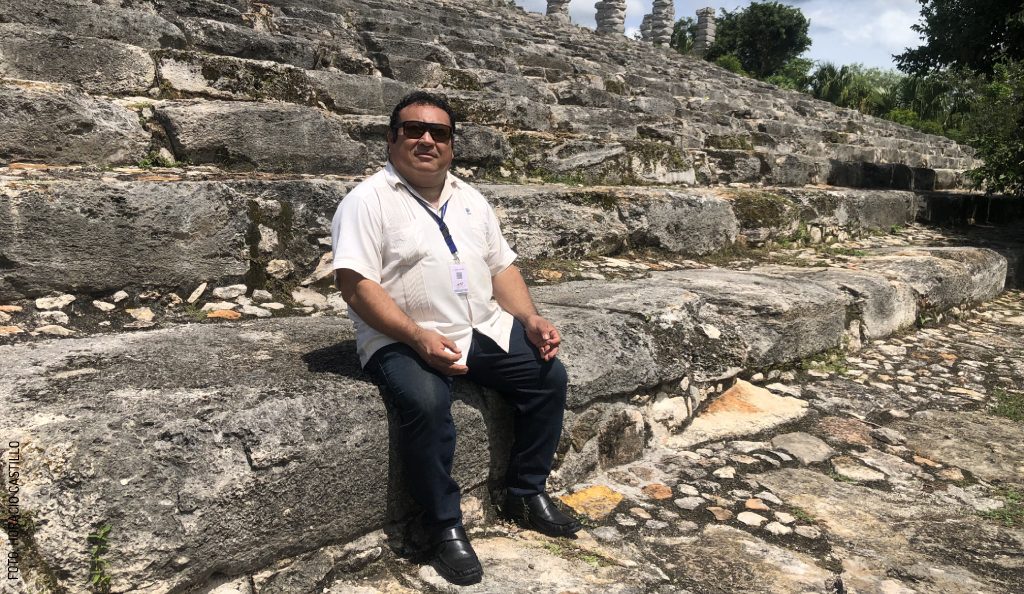
The Custodians of Archaeological Sites
According to the National Institute of Anthropology and History (INAH), México has 193 archaeological sites, 17 of which are located in Yucatán. Each...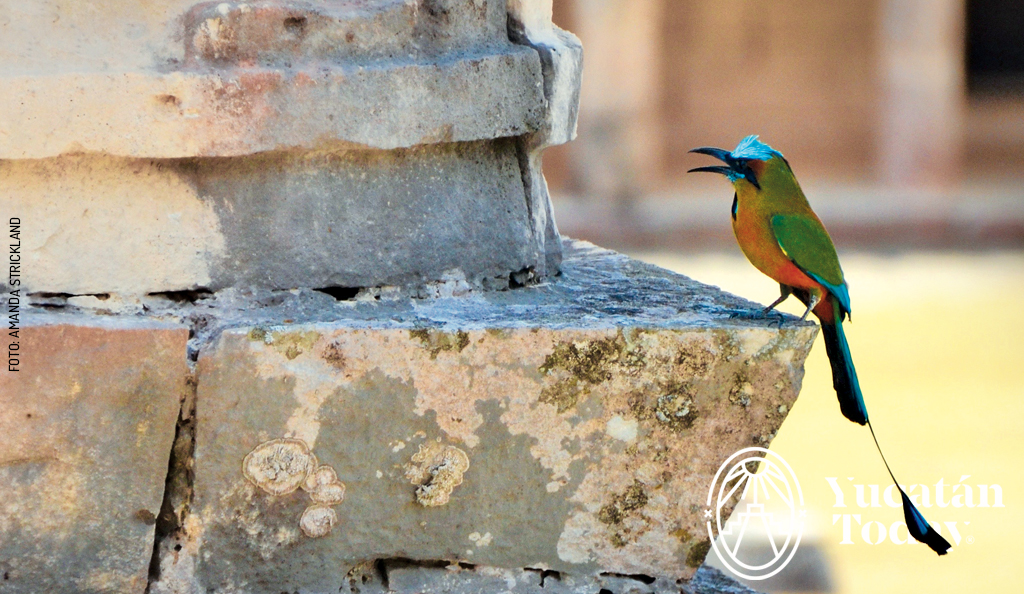
The Maya Legend of the Toh Bird
The Maya legend has it that the Toh used to be a very proud, aristocratic type, who ruled over the forest. He made the other birds do all the work...